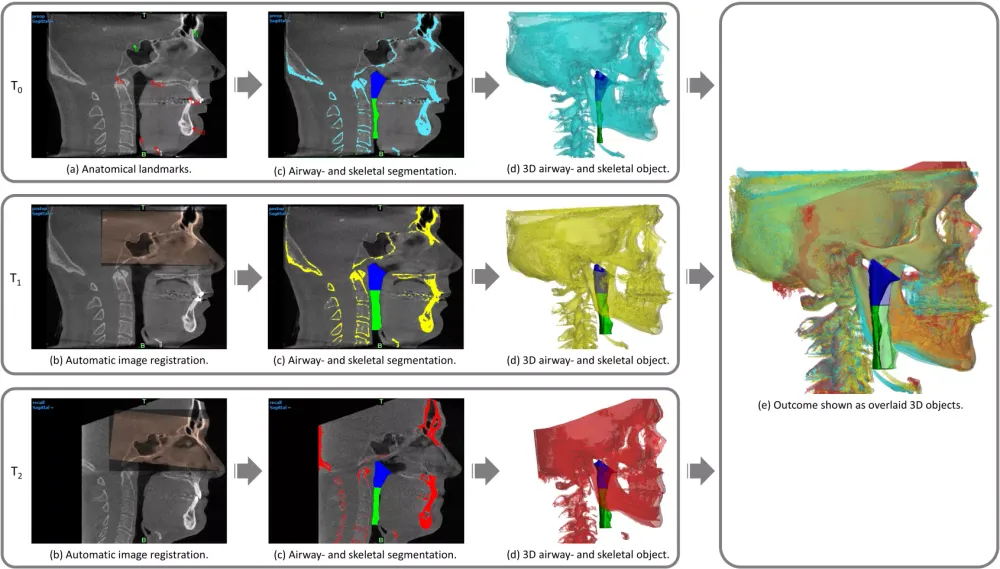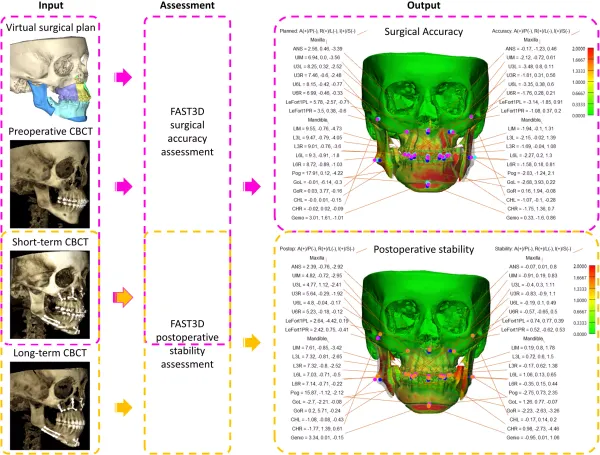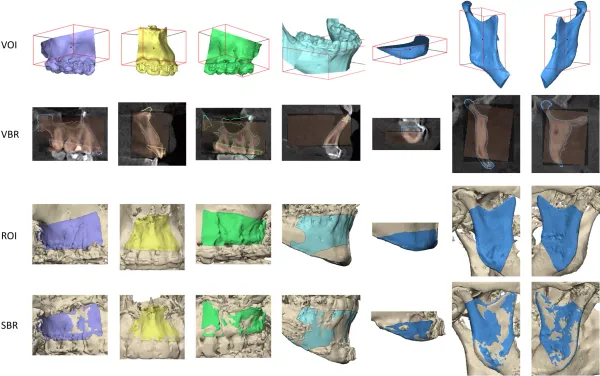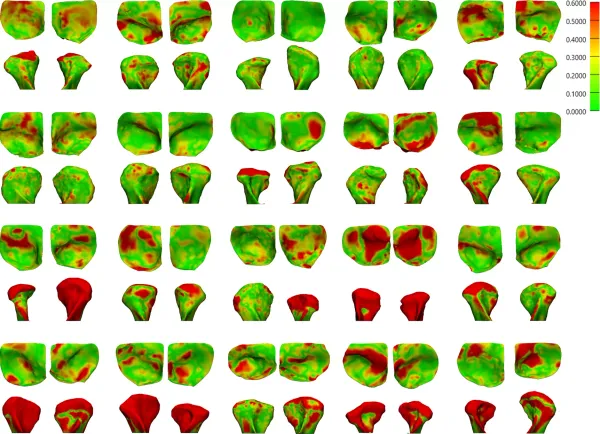Pharyngeal Airway Changes Five Years After Bimaxillary Surgery – A Retrospective Study
Authors
Madhan S, Holte MB, Diaconu A, Thorn JJ, Ingerslev J, Nascimento G, Cornelis MA, Pinholt EM, Cattaneo PM
Abstract
Objectives
The aim of this study was to retrospectively evaluate pharyngeal airway (PA) changes after bimaxillary surgery (BMS).
Methods
Preoperative, immediate- and 5-year postoperative cone-beam computed tomography images of subjects who underwent BMS were assessed. The primary outcome variable was the PA volume. The secondary outcome variables were the retropalatal and oropharyngeal volumes, cross-sectional area, minimal hydraulic diameter, soft tissue, skeletal movements and sleep-disordered breathing (SDB).
Results
A total of 50 patients were included, 33 female and 17 male, with a mean age of 26.5 years. A significant increase in the PA volume was seen immediately after surgery (40%), and this increase was still present at 5-year follow-up (34%) (P < 0.001). A linear mixed model regression analysis revealed that a mandibular advancement of ≥5 mm (P = 0.025) and every 1-mm upward movement of epiglottis (P = 0.016) was associated with a volume increase of the oropharyngeal compartment. Moreover, ≥5-mm upward movement of hyoid bone (P = 0.034) and every 1-mm increase in minimal hydraulic diameter (P < 0.001) correlated with an increase of the PA volume. A total of 30 subjects reported improvement in the SDB at 5-year follow-up.
Conclusion
This study demonstrated that BMS led to an increase in PA dimensions in non-OSA patients, and these changes were still present at 5-year follow-up. BMS seemed to induce clinical improvement in SDB.






